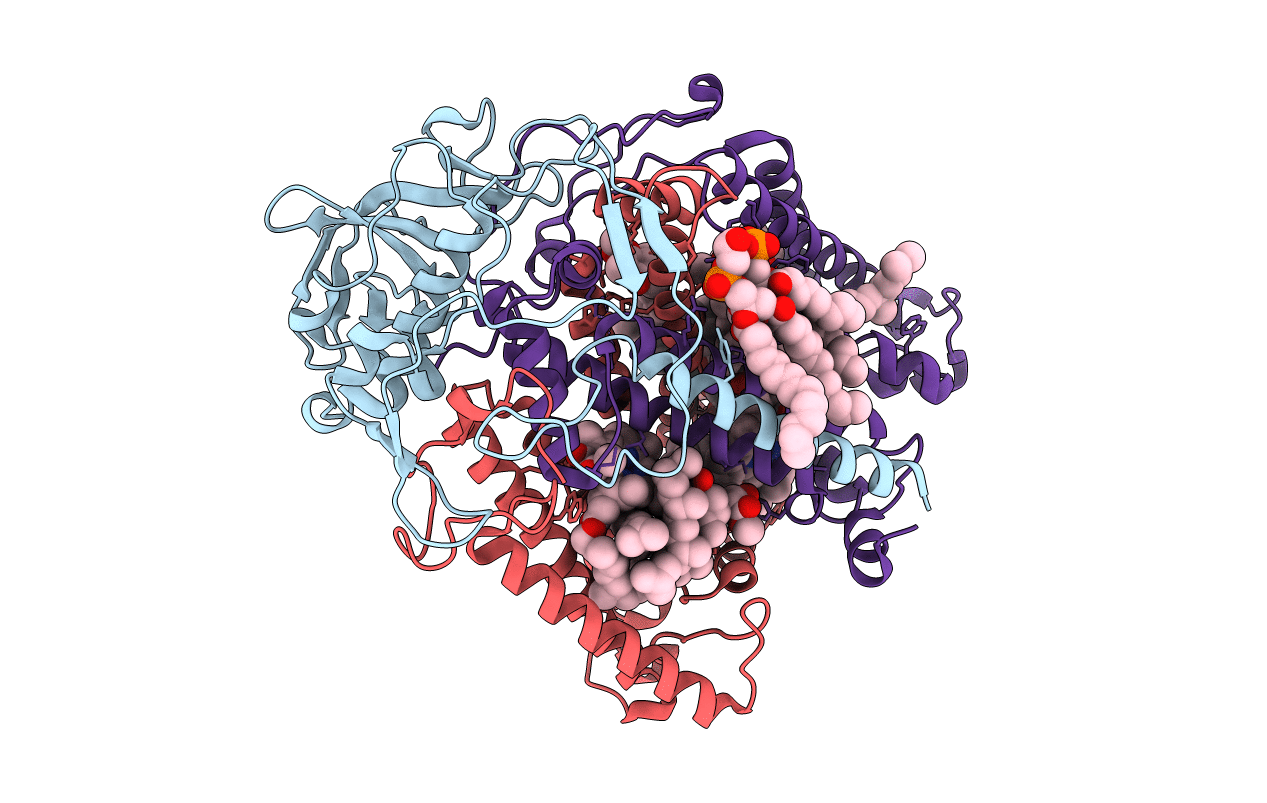
Deposition Date
1999-11-17
Release Date
1999-12-13
Last Version Date
2024-05-01
Entry Detail
PDB ID:
1QOV
Keywords:
Title:
PHOTOSYNTHETIC REACTION CENTER MUTANT WITH ALA M260 REPLACED WITH TRP (CHAIN M, A260W)
Biological Source:
Source Organism:
RHODOBACTER SPHAEROIDES (Taxon ID: 1063)
Host Organism:
Method Details:
Experimental Method:
Resolution:
2.10 Å
R-Value Free:
0.18
R-Value Work:
0.16
Space Group:
P 31 2 1


